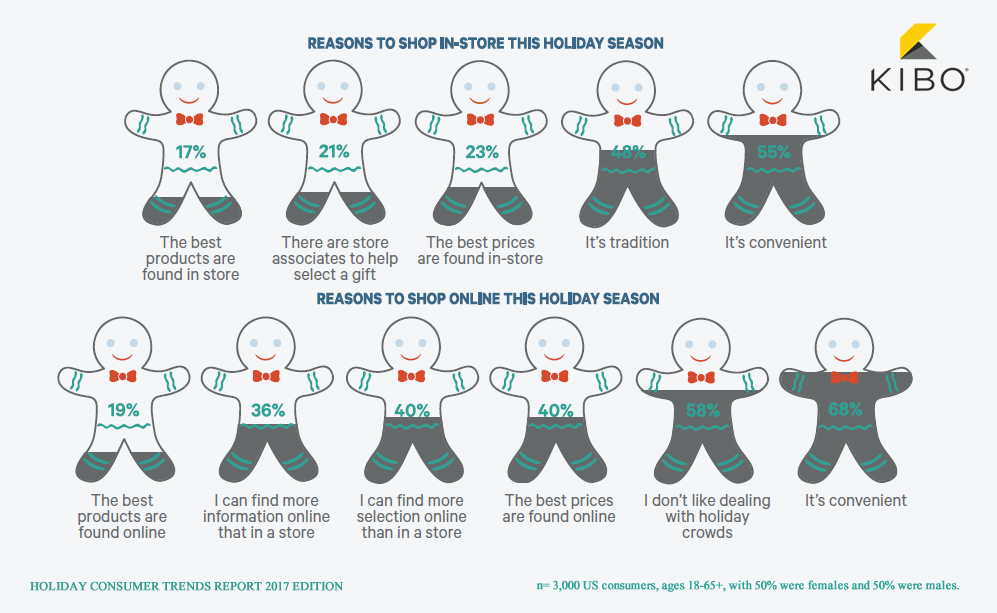Indicators
68% of US Shoppers Plan to Shop Online This Holiday Thanks to Its Convenience, 2017 | Kibo
The holiday season is typically the time when retailers expect to see a windfall of revenue. So, they need to be aware of the main reasons make them prefer shopping online or in-store to start working on. US shoppers agreed that shopping in both online and in-store are the same in terms of convenience but …
Indicators
Discounts and Brand Reputation Are the Top Purchasing Influencers Among Generations, 2017 | Yes Lifecycle Marketing
Purchasing is the result of marketing. All generations during the purchasing process value discounts (92%) and brand reputation (90%) as the top factors influence purchasing. Followed by the ease of transactions (88%), ease of buying online (74%), meeting the immediate needs (68%), brand loyalty (62%) and recommended products (45%).
Indicators
55% of Online Shoppers in South Africa Use Price Comparison Sites, 2017 | Effective Measure
Almost half of the shoppers in South Africa have shopped online. Convenience and price remain the primary benefits and motivations of shopping online. That’s why 55% of online shopper respondents use price comparison sites to compare prices before buying but in contrast, there is 36% who don’t use such sites.
Indicators
Price Remains the Best Shopping Motivation for Buying Online in UAE, Egypt and KSA in 2017 | PWC
Younger shoppers – who aged 18-24 years in the UAE, Egypt and KSA are much more likely to shop online monthly than elder ones (55+) with a rate of 36% vs. 13%. There are some factors that motivate shoppers in the countries surveyed to shop online. Lower pricing, product selection and online buying convenience are …
Indicators
64% of Christmas Shoppers Are Convinced With the Free Shipping Offers, 2016 | NRF
The good news is that retailers can use several strategies and methods to influence the consumer purchasing decisions. This survey observed that something convinced 90% of Christmas shoppers to make a purchase that they may have been hesitant about either in-store or online. “Offer of free shipping” was the main convincing factor for 64% of the …
Indicators
Free Delivery Is the Most Encouraging Factor to Online Shopping for 64% of Gen Z, Q2 2017 | GlobalWebIndex
For Gen Z who lives near to the internet, free delivery has the biggest influence on them to purchase online for 64%. Quick & easy checkout process, other consumers reviews, discounts and easy returns policy are the followed forced factors by a rate of 40%, 38%, 36% & 35% respectively.
Indicators
Quality of Graphics Is the Key Driver Influences Decisions of Purchasing Video Games in US, 2017 | ESA
Among the top factors influencing decisions of purchasing video games in the US, quality of the graphics (67%) and price (65%) ranked the top, followed by the interesting story/premise (59%), and then the online gameplay capability (50%).
Indicators
Substandard Experiences & Issues Solving Slowly Are the Top Reasons Cause Switch Brands, 2017 | Signal & Digital Ascendant
Marketers are ought to prioritize the customer experience defection, to avoid customer stop shopping or purchasing from their brands. Nearly half of the customers (48%) left a brand due to substandard experiences in digital & physical world channels ( in-store or online). While 43% left a brand because of slowing in issue resolution, 42% left a brand due …







